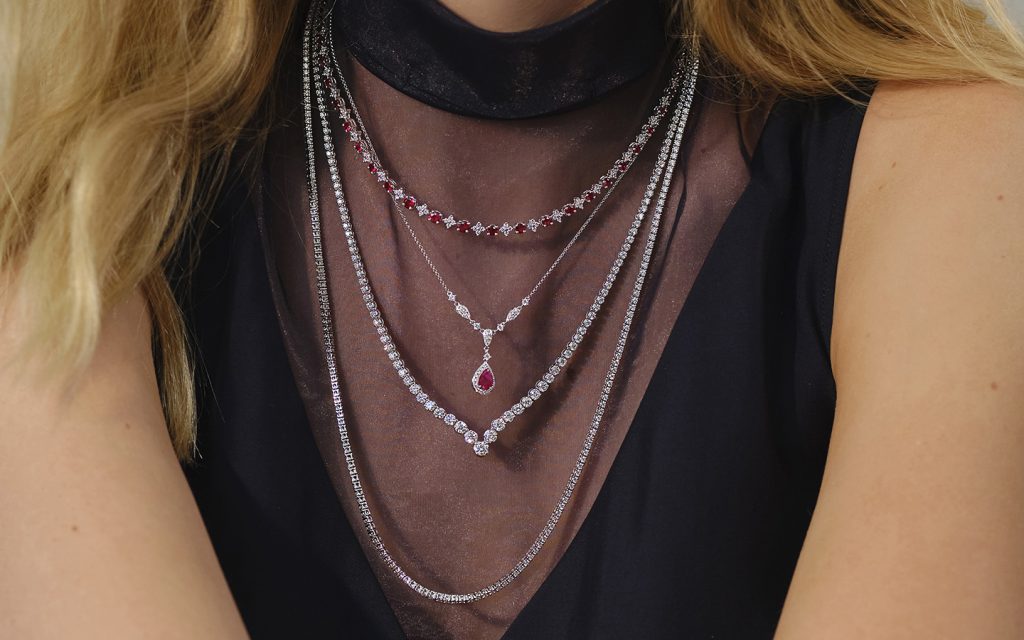Table of Contents
Introduction
Welcome to the ultimate showdown between IGI and GIA! If you’re on the hunt for the perfect diamond, you’ve probably come across these two major certification agencies. But what’s the difference between them, and how does it affect your diamond purchase? Stick around as we dive into the nitty-gritty details of IGI vs GIA to help you make the best choice for your needs.
What is a Diamond Certification?
Before we get into the specifics of IGI and GIA, let’s start with the basics. A diamond certification is a report issued by a gemological laboratory that provides detailed information about a diamond’s quality. This includes the diamond’s cut, color, clarity, and carat weight—often referred to as the 4 Cs.
Think of diamond certification as a report card for your diamond. Just like a student’s grades reflect their academic performance, a diamond’s certification reveals its quality and value.
Overview of IGI and GIA
When it comes to diamond certification, IGI and GIA are the big players in the game. But what exactly are these organizations, and what sets them apart? Let’s break it down.
What is IGI?
Founded in 1975, the International Gemological Institute (IGI) is a global leader in gem certification. Headquartered in Antwerp, Belgium, IGI offers a range of services including diamond grading, gemstone certification, and jewelry appraisal.
IGI’s mission is to provide accurate and reliable grading reports to help consumers and professionals make informed decisions. They have labs in major cities around the world, making them easily accessible for diamond buyers everywhere.
What is GIA?
The Gemological Institute of America (GIA) was established in 1931 and is one of the most respected names in the diamond industry. Based in Carlsbad, California, GIA is known for its rigorous grading standards and extensive research on gemstones and jewelry.
GIA’s purpose is to maintain the integrity of the gemstone industry through education, research, and certification. Their reports are highly regarded and often considered the gold standard in diamond grading.
Comparing IGI and GIA
So, how do IGI and GIA stack up against each other? Let’s compare them across several key factors to see which might be a better fit for your diamond shopping needs.
Grading Standards and Criteria
Both IGI and GIA use the 4 Cs to evaluate diamonds, but there are differences in their grading standards.
IGI: Known for their more lenient grading, IGI tends to offer higher grades compared to GIA. This means a diamond graded as “Excellent” by IGI might only be considered “Very Good” by GIA.
GIA: GIA is famous for its strict and consistent grading standards. Their grades are widely recognized and respected in the industry, often considered the benchmark for diamond quality.
Certification Process
The certification process at both organizations is thorough, but there are differences in their approaches.
IGI: IGI uses a variety of grading methodologies and often incorporates advanced technology to evaluate diamonds. Their process is generally efficient and fast.
GIA: GIA’s certification process is known for its meticulousness and attention to detail. They follow a rigorous protocol to ensure accuracy, which might take more time compared to IGI.
Transparency and Trust
Trust in a certification body is crucial for buyers.
IGI: IGI is transparent about their grading criteria and methodology but is sometimes criticized for being more lenient in their evaluations.
GIA: GIA is highly transparent and has a strong reputation for maintaining high standards in diamond grading. Their reports are trusted by both buyers and sellers.
Lab diamonds are revolutionizing the diamond industry with their stunning beauty and ethical credentials. Created using advanced technological processes that replicate the natural conditions of diamond formation, these gems offer the same physical and chemical properties as mined diamonds. Unlike their earth-mined counterparts, lab diamonds are produced in controlled environments, ensuring they are conflict-free and environmentally friendly. They exhibit the same brilliance, durability, and variety of cuts and colors, making them a popular choice for both engagement rings and fine jewelry. By choosing lab-grown diamonds, consumers can enjoy the allure of a diamond while supporting sustainable practices and reducing the environmental impact traditionally associated with diamond mining.
Conclusion
Choosing between IGI and GIA can be a tough decision, but understanding the differences between these two certification giants can make it easier. If you’re seeking a diamond with a globally recognized certification and the best resale value, GIA is your go-to. On the other hand, if you’re looking for a more affordable option with quicker processing, IGI might be the better fit.

